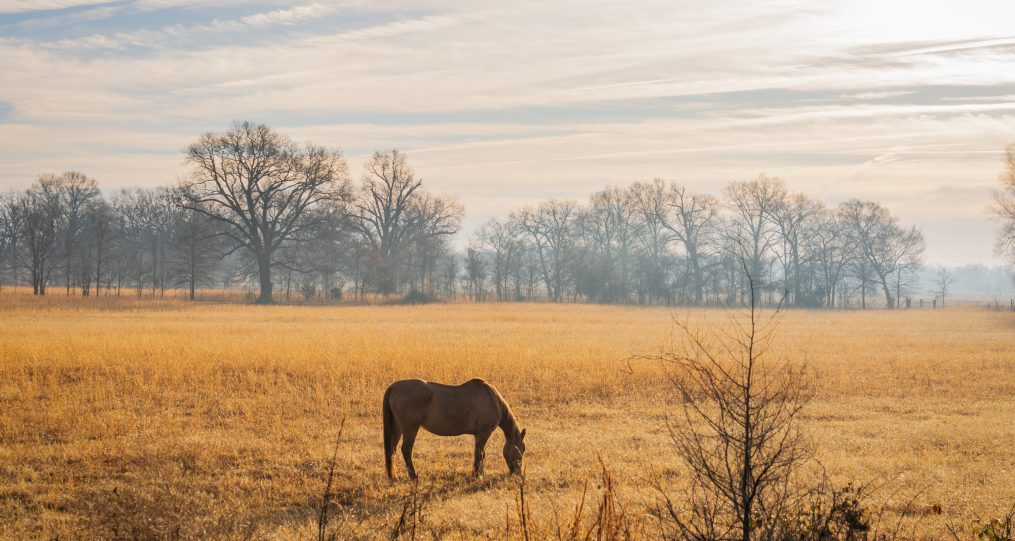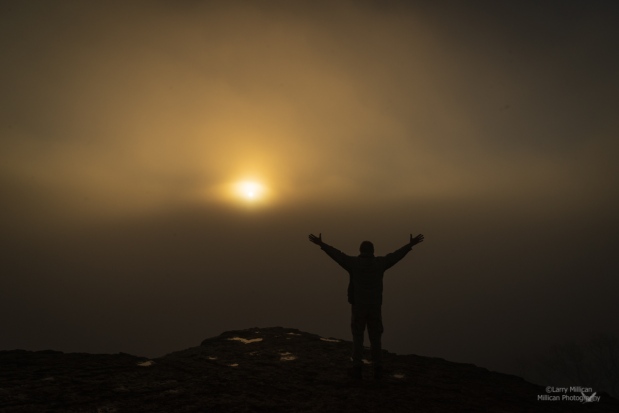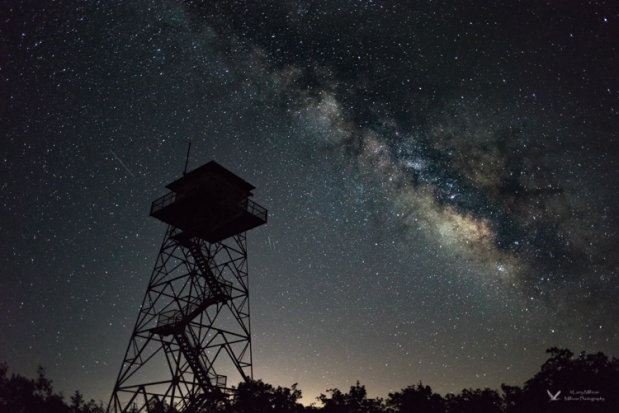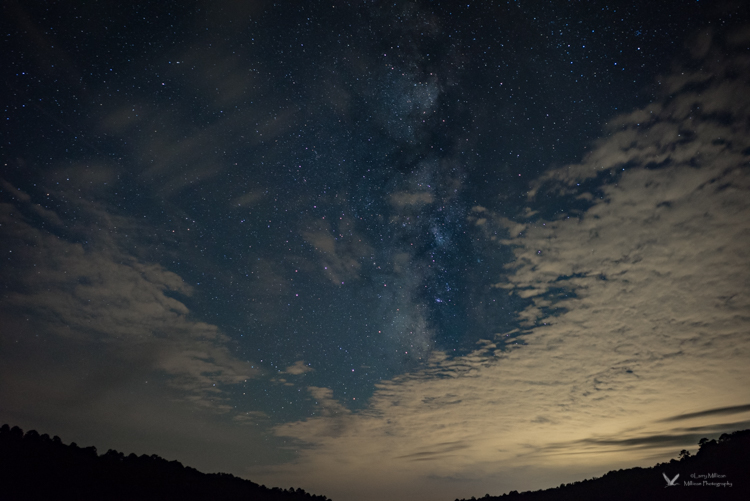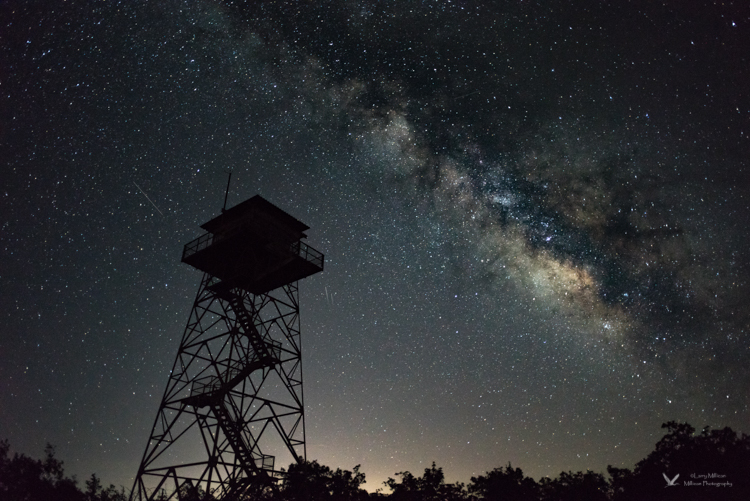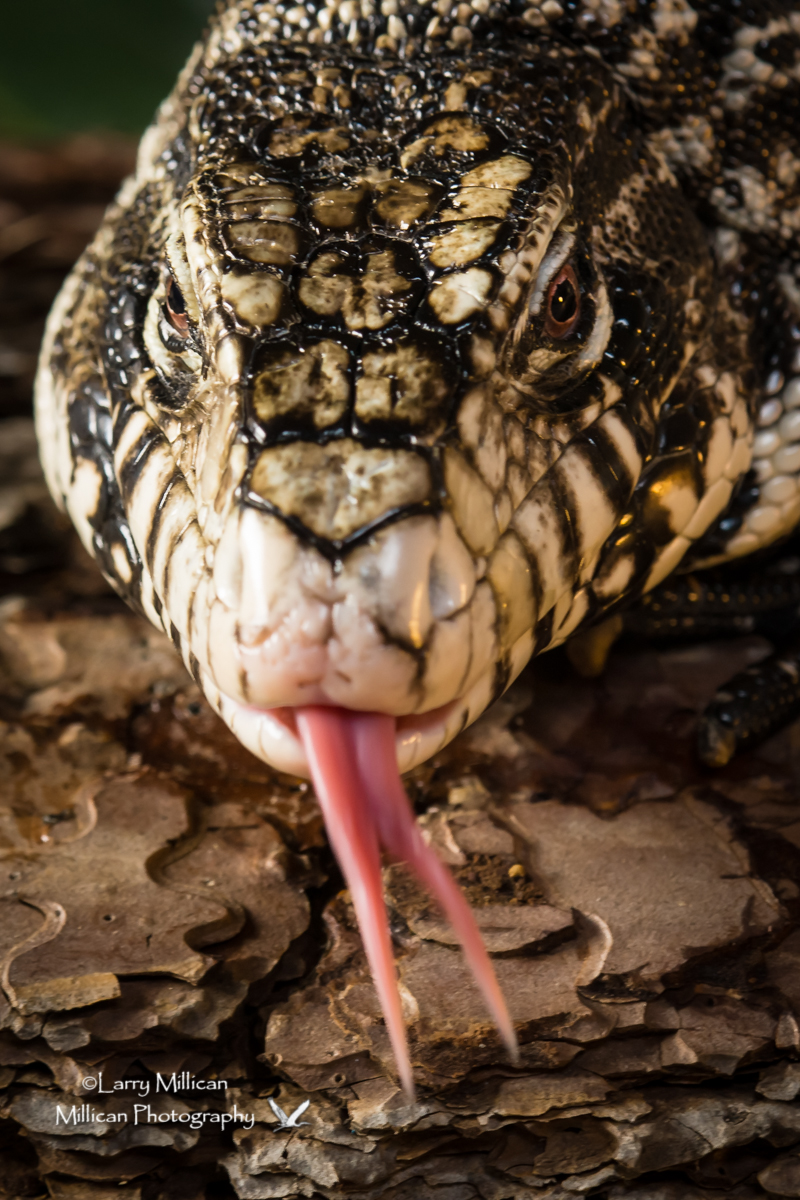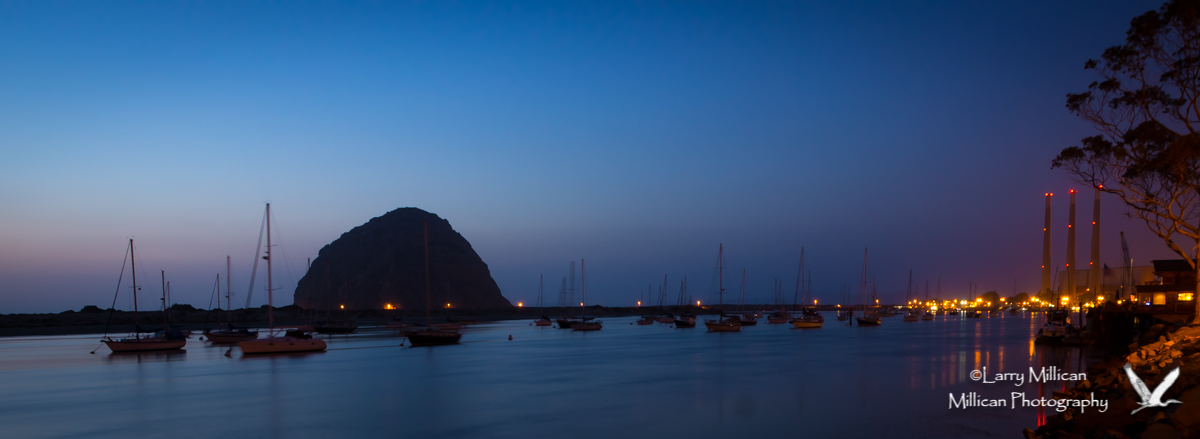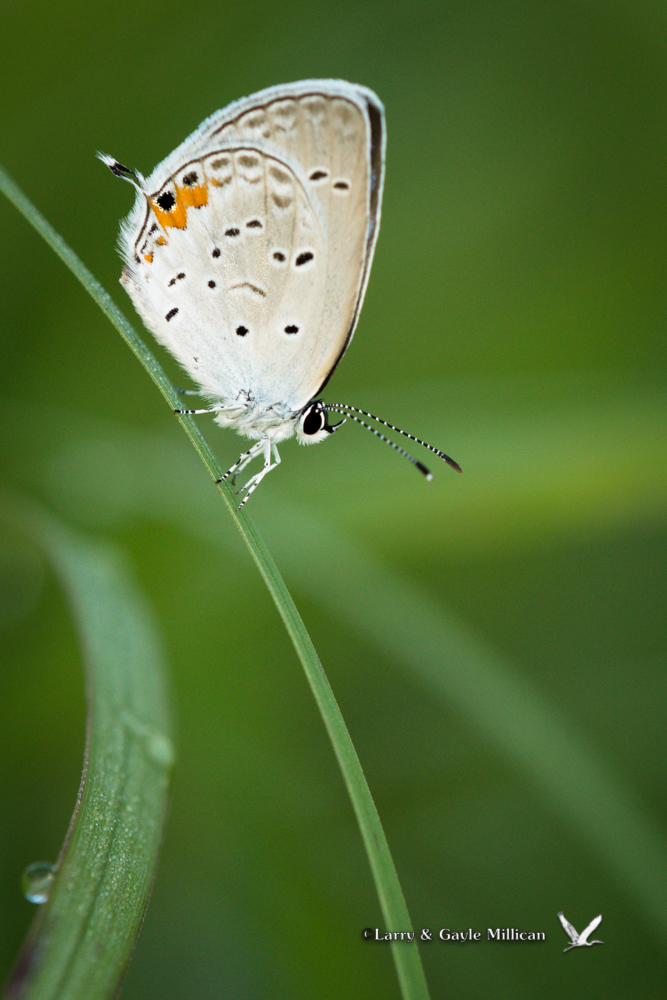2022 has been difficult for me, and many others. However, I am confident 2023 will be better. I made fewer photographs this year than in some recent years, but I still found joy in creating images. Enough that I selected a dozen to share here.
These 12 photos are my favorites, meaning they may not be the best technically, or there might be composition that does not “follow the rules”, or the subject may not connect with everyone. But, that’s ok! Each of these photos made me happy – and reviewing them still does! 🙂
1 – February: The Talimena Drive
After judging a photography competition at the Mena Art Gallery, I had enough time to travel west on the Drive. There was a lot of snow and ice, and I had always wanted to visit and photograph in these conditions. I was not disappointed!
.
.
2 – April: Indian Paintbrush, Flanagan Prairie
A visit to Flanagan Prairie usually rewards with a variety of wildflowers, but on this day there was not a great assortment. However, the Indian Paintbrush were blooming well, and that has always been a favorite to me.
I found this one in very nice light with a soft green background. Later, I used Lightroom Classic’s background selection brush and slightly darkened the background so the red-orange colors popped from the green.
.
.
3 – April: Dogwood, Devils Den State Park
A few days later, I stopped at Devils Den State Park to look for dogwoods. I had not photographed any thus far, and I knew the blooms were nearly gone. In years past, however, they sometimes bloomed in this park a little later, and this year was the same. Not that I really needed more dogwood photos; but, on the other hand, can we have too many dogwood photos? I do not think so…
.
.
4 – June: US Marshals Museum, Fort Smith
The Museum is not open to the public yet, but we are hopeful for this coming year!
But until then, it sits on the banks of the Arkansas River, looking across into Oklahoma. I see it as a striking piece of architecture and often go there to make photographs. Some of our photography classes have visited as well, and after taking a group there in May, I was inspired to return a week later and make this panorama. It is 7 horizontal images, merged in Lightroom Classic.
.
.
5 – July: “Ghost Rider in the Sky”, US Marshals Museum
This untitled and un-credited statue stands outside the Marshals Museum and looks like a Marshal from the 19th century on horseback. I imagine it’s what a criminal would see when the lawman caught up to him.
However, when I made this photo, the camera was set to overexpose the scene, and the resulting image immediately reminded me of the cowboy song “Ghost Riders in the Sky.”
.
.
6 – August: Milky Way, Talimena Drive
The Milky Way always provides a thrill, no matter how many times I have seen and photographed it. This old fire tower makes a nice foreground object, although there have been occasions when I found the access gate locked and had to find another vantage spot.
On this night, there was a little haze, but the stars still shone through for my class of 4 students.
.
.
7 – October: McWater Falls, Lake Alma Hiking Trail
In the Alma, Arkansas, City Park, a hiking trail makes a 3-mile loop around the City Lake. It is fairly rugged, and very scenic with tall trees, wildflowers, birds, and other wildlife. McWater Falls is about 300 yards off the main trail, and like many other falls, has the best flow after some good rain fall.
This photo was made in October, and the trees above the opening in the rocks were well on their way to having some good Autumn color. They also were much brighter than the waterfall area, but our modern camera and computer technology is so good that I was able to nearly balance the light in both parts of the image. This is NOT an HDR photograph.
.
.
8 – Thanksgiving Day: Arkansas Highway 59
Thanksgiving Day, after visiting family in Northeastern Oklahoma, I drove down Highway 59 from Summers to Van Buren. I had time, and the weather was nice – misty and foggy – and I decided to stop occasionally and also to drive down a dirt road, just to see what I might find.
I did find some cattle heading in for the afternoon feeding, but the favorite photo is just one of the dirt roads, bending into the forest and the fog. After making my photos, I continued driving south on Highway 59…
.
.
9 – Thanksgiving Day: Natural Dam
Natural Dam is an 8-foot-tall waterfall, located just off the highway. I have made hundreds, probably thousands, of photos here. The falls, but also wildflowers, autumn colors, the rocks, the water, and more. On this foggy, rainy day, with the sun already setting, it was getting dark, but the colors of Autumn were dark and rich…
.
.
10 – November: Cows in the Fog
A cattle rancher hired me to make photos for their website. The day began foggy and stayed that way for a while… I made photos anyway. This is probably not what he had in mind, but I liked it – and I think he did too!
.
.
11 – December: Johnson County, Arkansas
Near the Mulberry River is a twin waterfall called “High Bank Twin Falls.” This photo is of the creek flowing from the falls and headed toward the Mulberry. This was another dark, misty, and foggy morning; the exposure time was 8 seconds. I normally like a shorter length to maintain some “texture” in the water… But, I still like this photo, largely for the leaves in the distance still hanging from the trees, and for the leaves, rocks, and water in the foreground…
.
.
12 – December: Pigtrail Falls
This pretty little waterfall is right beside Arkansas State Highway 23, locally known as the Pigtrail. We only see the waterfall during runoff after some rainfall. It is such a popular spot for people to stop, the highway department enlarged the size of the parking area.
.
.
Reviewing your photos annually, or any other fixed time, is a good exercise in comparing where you are today, and how your work has changed and hopefully improved.
It also helps me to relive the moments that I have preserved, and the pleasure and joy, of seeing that part nature.
I hope you do the same, and…
Slow down. Look. Prepare to be astonished!
Have a Great 2023!!
